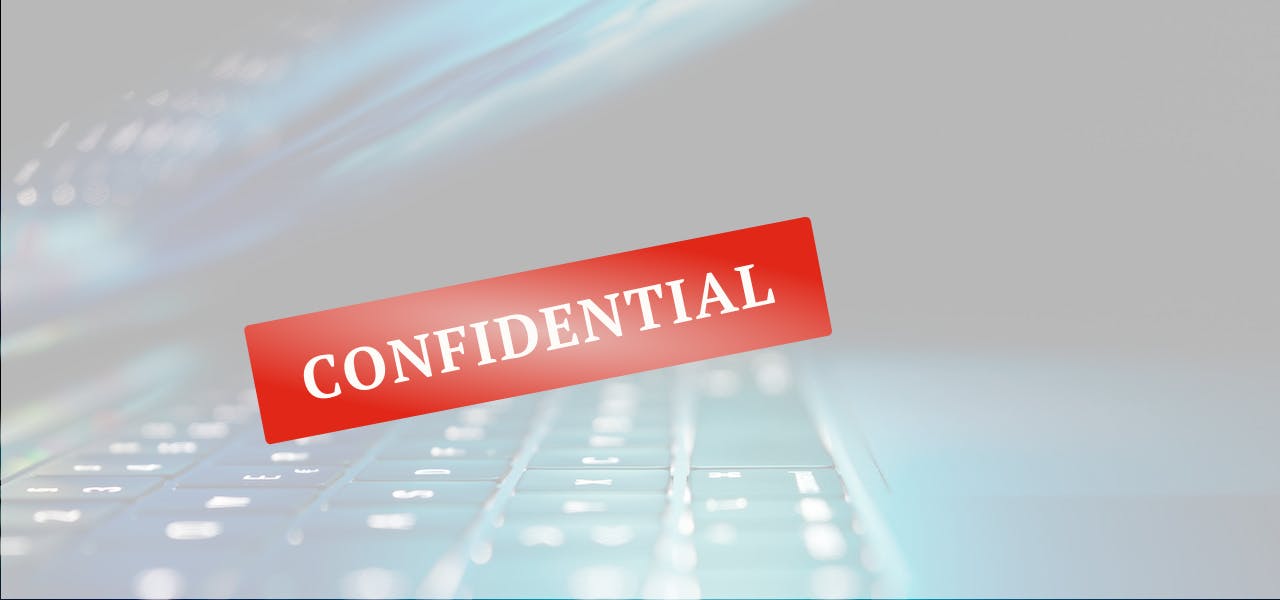In order for research to have the significant impact on society that researchers aim for, human participation in the study is often essential. But this participation must have the components of trustworthiness and validity involved for the researcher to be able to confidently use the data obtained by the participant.
For many people, the answer of how well their identity is protected through the research they are participating in will determine how honest and forthcoming they are with their answers. This puts the responsibility on the researcher to employ specific procedures and methods in their data collection and dissemination process to guarantee the subjects’ anonymity or confidentiality as it is applicable to the project. By being transparent with the reasons behind the study and how the participant’s information will be used, the researcher can obtain the voluntary consent needed by the subject and expect that their responses will be trustworthy and valid.
Confidentiality Versus Anonymity in Research
As a researcher dealing with human participants, it’s important that you’re aware of their rights and expectations, as well as basic human nature. If a subject you’re questioning is answering honestly regarding sensitive topics, they’re likely going to be concerned that their responses could cause them trouble somehow.
The wording of how you will be protecting their identity is important when you approach them to participate in your study. Some studies allow for “confidentiality” of the subject, while others allow for “anonymity.” There is a significant difference between the two:
● If you’re telling the participants that their identity will be confidential, this means that you will know who they are, but you will take precautionary measures (of which you will iterate to the subject) to ensure that their identity remains between you and them and others will not find out. Confidentiality is usually a minimum when dealing with human research because this type of survey response collection requires a signed consent form before the subject can participate, thus ensuring the participant is voluntarily engaging in the research.
● Anonymity, on the other hand, occurs when the researcher does not know the identity of the subjects they are collecting data from. This type of research isn’t common because human participation must be voluntary and therefore consent is required. However, there are some cases in which anonymity of data collection is allowed. This is typically in the aggregation of data from online surveys that pose a minimal risk to the subject for participating.
If a participant trust that the researcher will keep their identity confidential, or that they have full anonymity to say anything they want, their answers are more likely to be forthcoming and honest.
Measures to Employ for Confidentiality and Anonymity
Most data is collected and stored digitally today. This allows for security from anyone obtaining physical records held in a research facility, but it also means that anyone wishing to illegally break into those files to access sensitive information can do so if they have the knowledge and capability. Digital records add an entirely new layer of security measures that must be employed to ensure the confidentiality and anonymity of your subjects remain secure.
As a researcher, the minimum measures you should take include:
● Using password protected files with secure, high-level passwords that are accessible only to you, and if you must write your passwords down, store them in a secure place and make it as inaccessible to others as possible
● Using encryption programs when information is sent over the internet to others involved in the research
● Keeping a firewall and security programs on your entire network at all times and ensuring these programs are continually being updated to protect against the latest threats
● Storing your hands-on work in areas that are securely locked, including using drawers with difficult to break into locks
● Apply codes that only you and your team can translate to any identifying information
These methods should help you to retain confidentiality and anonymity and reassure your subjects that their identity is protected.
Securing Your Work with Impactio
The program you use to compile your data must also be secure and trustworthy. Expert researchers around the world trust Impactio with their sensitive information, and for a good reason.
Impactio was designed specifically for academics to take them from start to finish in all of their research needs. It’s an all-in-one platform where you can store your citation and publication data, compile your text, and submit your finished profile in professional PDF documents or web pages. Best of all, it’s secure, so your sensitive research is safe with us!
